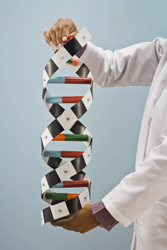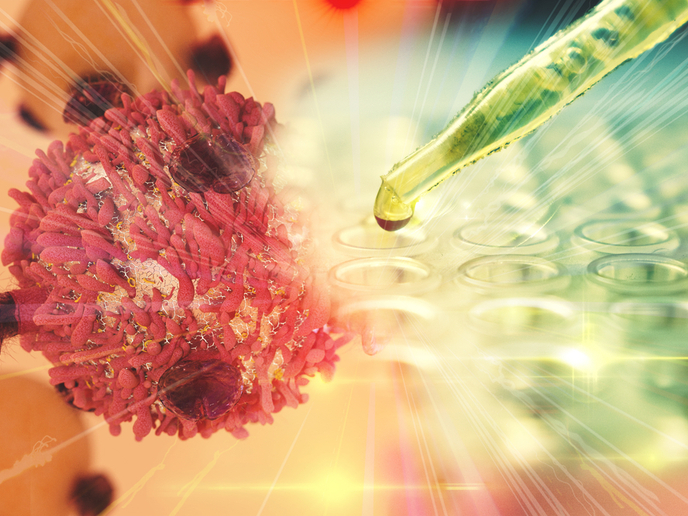Novel DNA architecture for nanotechnology
DNA is nature’s biological molecule with the highest content of genetic information. Nanoscientists are looking into the opportunity of using DNA molecules in self-assembling and self-directing processes at the nano-scale level. For this purpose, they are investigating the construction of novel base-pairs and the ability of DNA molecules to transport electrons over long distances through the oxidation of guanines. The objective of the EU-funded ‘Electron transfer through multiple consecutive phenanthrenyl containing DNA’ (ET DPHEN DNA) project was to synthesise DNA containing aromatic nucleobase surrogates that can facilitate electron transfer in a DNA double helix. Additionally, scientists aimed to discover and design novel electron acceptors with a fluorescent moiety to enable monitoring of electron transfer. Various pyrene and phenanthrene aromatic nucleobase surrogates that varied in their electron affinity were synthesised. With respect to the electron donors, phenothiazine and 1,5-diaminonapthalene electron donors were produced, compatible with oligonucleotide synthesis. Instead of substituting known fluorescent nucleobases with a fluorescence quencher, scientists decided to conjugate fluorescent molecules to the natural nucleobases. To this end, they attached a fluorescently quenched anthracene to deoxyuridine and observed that quenching was preserved. Incorporation of these electron donors into DNA will aid the monitoring of the electron transfer by fluorescence, a property which could be exploited in DNA-based biosensors by attaching the DNA to a gold surface and observing electron transfer by nanoelectrochemistry. The ET DPHEN DNA work has broadened our understanding of electron transfer through DNA. Furthermore, it is envisioned that this novel DNA architecture and future designs may be applied in the area of DNA nanomaterials and in new bioanalytical methods for detecting DNA damage.







